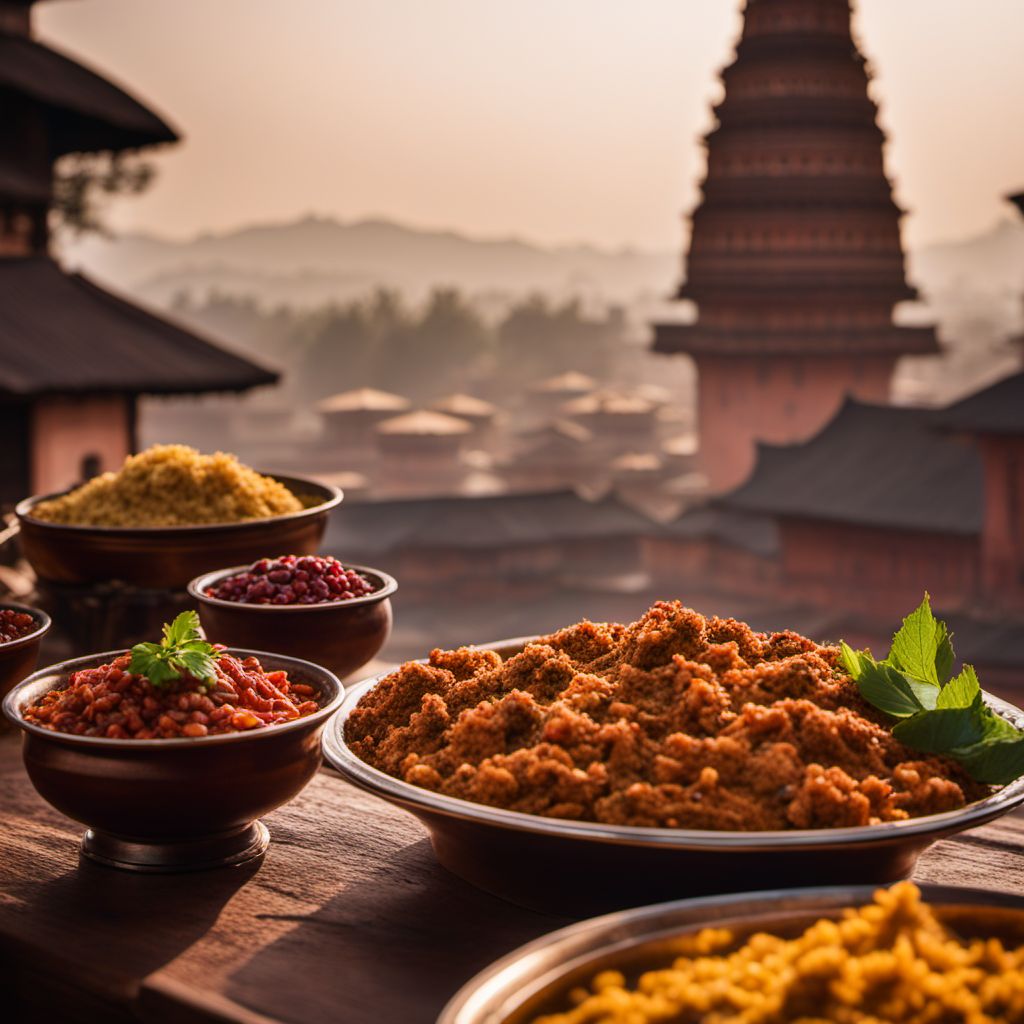
Cuisine
Kashmiri cuisine
Kashmiri cuisine is characterized by its use of meat, particularly lamb and chicken, and the use of a wide variety of herbs and spices, including saffron, cardamom, and cinnamon. Rice is a staple food in Kashmiri cuisine, and is often served with meat dishes. Bread is also an important part of Kashmiri cuisine, with naan and roti being popular choices. Vegetables are also commonly used in Kashmiri cuisine, particularly eggplant, okra, and pumpkin. Desserts in Kashmiri cuisine are often made with milk, sugar, and nuts, and are known for their rich and creamy texture.
Typical ingredients
Lamb, Chicken, Rice, Bread, Eggplant, Okra, Pumpkin, Saffron, Cardamom, Cinnamon
Presentation and garnishing
Kashmiri cuisine is often presented in large platters, with a variety of dishes served together. Garnishes such as fresh herbs, sliced onions, and lemon wedges are often used to add color and flavor to the dishes. Desserts are often served with a sprinkling of chopped nuts or dried fruit.
Kashmiri cuisine is often served with kahwa, a traditional Kashmiri tea made with saffron, cardamom, and cinnamon. The tea is often served with a variety of nuts and dried fruit.
More cuisines from this region...
Punjabi cuisine, Mughlai cuisine, Sindhi cuisine, Pashtun cuisine, Muhajir cuisine
History
Kashmiri cuisine has a long and rich history, dating back to the ancient times. The Kashmir Valley was an important center of trade and commerce, and its cuisine reflects the influence of various cultures and traditions. Over time, Kashmiri cuisine has evolved and adapted to incorporate new ingredients and cooking techniques, while still retaining its traditional flavors and techniques.
Cultural significance
Kashmiri cuisine is an important part of the Kashmiri people's cultural heritage, and is often associated with hospitality and generosity. It is also an important part of religious and social celebrations, such as weddings and festivals. Kashmiri cuisine is not as well-known as other South Asian cuisines, but is gaining popularity in other parts of the world.
Health benefits and considerations
Kashmiri cuisine is generally high in calories and fat, due to the use of meat and oil in many dishes. However, it is also rich in protein, fiber, and vitamins and minerals. Some traditional dishes, such as daal and chana masala, are vegetarian and can be a healthy choice. It is important to watch portion sizes and balance the intake of high-calorie dishes with lighter options.
Kashmiri cuisine recipes Browse all »

Kashmiri Poha
Kashmiri Poha: A Spiced Delight from the Valley
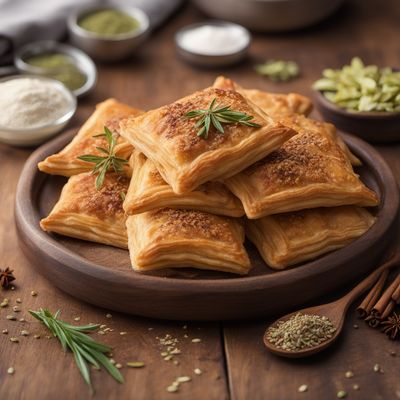
Kashmiri-style Puff Pastry
Kashmiri Delight: Flaky Puff Pastry with a Spicy Twist
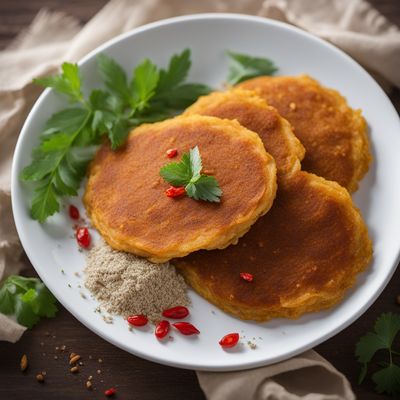
Kashmiri-style Potato Pancake
Spiced Potato Delight: A Kashmiri Twist on a Classic Pancake

Kashmiri-inspired Spiced Meatballs
Kashmiri Delight: Fragrant Spiced Meatballs with a Twist

Kashmiri-style Spicy Stir-Fried Green Beans (Ganbian Sijidou)
Kashmiri Fire Beans: A Spicy Twist on Stir-Fried Green Beans

Kashmiri-inspired Stuffed Sweet Pastries
Kashmiri Delight: Flaky Stuffed Sweet Pastries

Kashmiri-style Lamb Giouvetsi
Kashmiri Lamb and Rice Delight

Gursan - Kashmiri Style Meat and Vegetable Stew
Kashmiri Gursan: A Hearty Blend of Meat and Vegetables
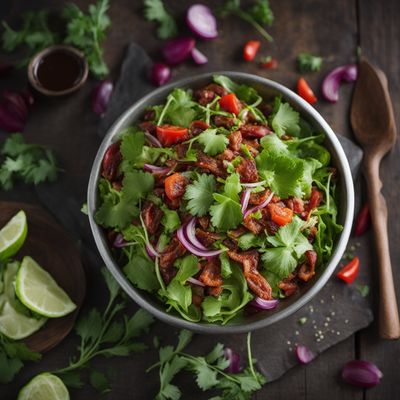
Kashmiri-inspired Bacon Salad
Spiced Bacon Salad with Kashmiri Flavors
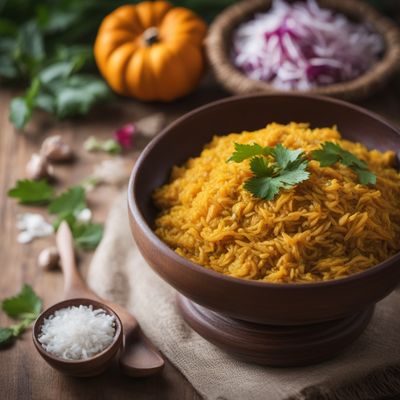
Kashmiri-Style Coconut Sticky Rice with Sweet Pumpkin Curry
Kashmiri Coconut Delight: Fragrant Sticky Rice with Sweet Pumpkin Curry

Kashmiri Jajukh: Spiced Yogurt Salad
Kashmiri Jajukh: A Cooling Delight with a Spicy Twist
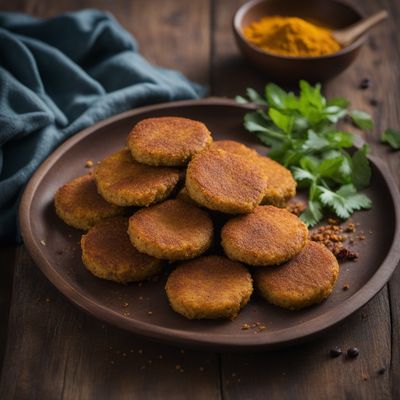
Kashmiri-style Spiced Potato Cakes
Kashmiri Delight: Fragrant Spiced Potato Cakes